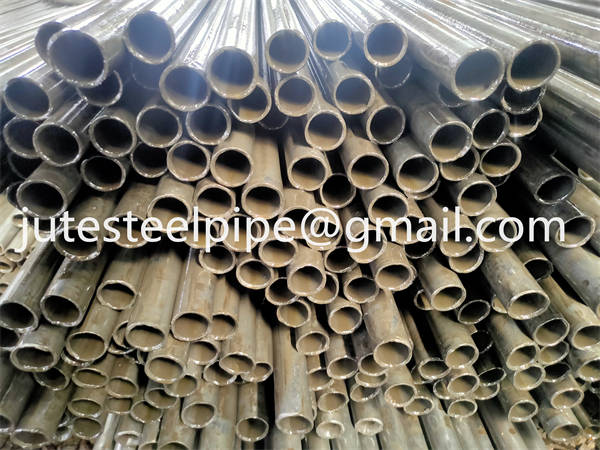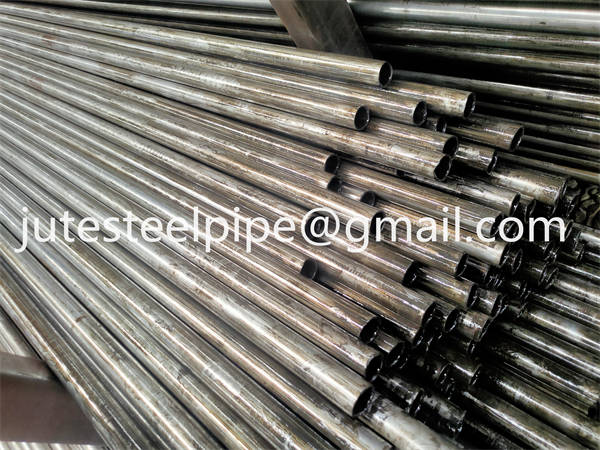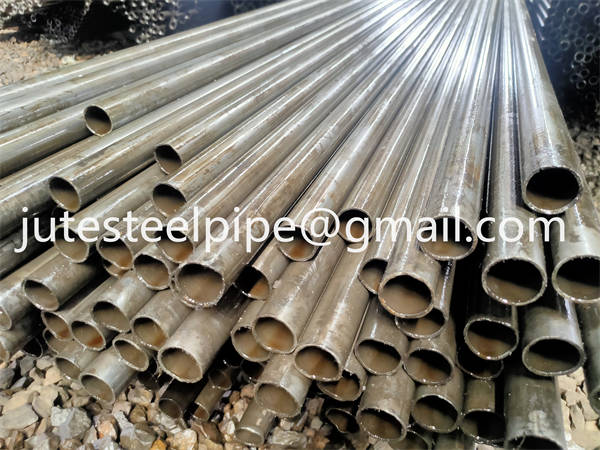1. What is a quenching soft point
The so-called quenching soft point is the unquenching soft place on the parts.Therefore, it is also called the soft point (softspot).The soft point of water quenching is more serious than that of oil quenching, because the surface has steam film to slow down the cooling speed.This phenomenon is commonly known as the Leiden frosting phenomenon.Although oil quenching is insufficient hardness, that is, insufficient quenching, but it is not easy to cause quenching soft point.However, underquenching where decarbonization or oxidation skin is similar to that of quenching soft point.
It is said that in the plum rain season is prone to quenching soft point, if the humidity of the quenching site is more than 55%, it is prone to quenching soft point.
The surface of high frequency quenching parts is prone to barber scar, or Japanese knife edge, the bright colors are quenching soft point.The microtissue of the quenching soft point is martensite plus a very thin pearlophyte (nodular flexter) with bright color.
2. How to find the quenching soft point
There are usually three ways to find the quenched soft points.The first method is to see the light tawny color on the grinding surface: the second method is that the third method is to use acid corrosion to find the quenching soft point; that is, to dip the parts into 50% hydrochloric acid water solution (wet water) for corrosion, if the part surface appears black spot, the black spot is the quenching soft point.However, it should be noted that low temperature tempering (180 ~200C) parts are corroded in the hardened place, and color in the unhardened place.The depth of the quenched layer can be measured using this method.
3. How to prevent quenching from the soft point
To prevent the quenching of soft points, do not oxidize or decarbonize the parts when heating first.Secondly, in order to prevent the surface of the parts attached with water vapor film, it is best to fully stir the quenching liquid and use water spray to cool.In addition, if the quenching with 10% salt water can completely prevent the quenching of soft points.In addition, applying a thin layer of polishing powder on the surface of the quenching parts is also a good way to prevent the quenching of soft points.The polishing powder cooled faster than the uncoated steel parts and does not quench the soft point, so applying polishing powder in the Japanese knife quenching operation is a secret method.But it must be taken. If the polishing powder is too thick, the cooling is slow, it is not hard.
The polishing powder is thin and applied to the surface of the quenching parts, and when the quenching, the surface is not surrounded by the steam film, which becomes small bubbles and rises actively, so it cools rapidly.
As a dressing agent, in addition to the polishing powder. And ash with kaolin and water; mica without soft clay and water: pumice with soft clay and water, these are said to be good recipes.
Recently, water-soluble quenching solution (polymer quenching solution) is widely used instead of quenching oil, which has inverse solubility and can form a film on the surface when heated by the treated parts. When the temperature drops to about 90℃ (some solutions are 74℃), the surface mask is dissolved.Therefore, the cooling in the high temperature range can be carried out evenly to prevent the quenching of soft points.The effect is as good as applying a polishing powder with it}
In addition, if the ultrasonic cooling ” 25000 weeks / s), the vapor film can also be effectively removed, so the quenching of soft points can also be prevented.Ultrasonic cooling is a new cooling method.
Shandong Jute Steel Pipe Co.,Ltd.
Contacts: Mr. Ji
WhatsApp: +86 18865211873
WeChat: +86 18865211873
E-mail: jutesteelpipe@gmail.com
E-mail: juteguanye@aliyun.com
Post time: Mar-12-2022










